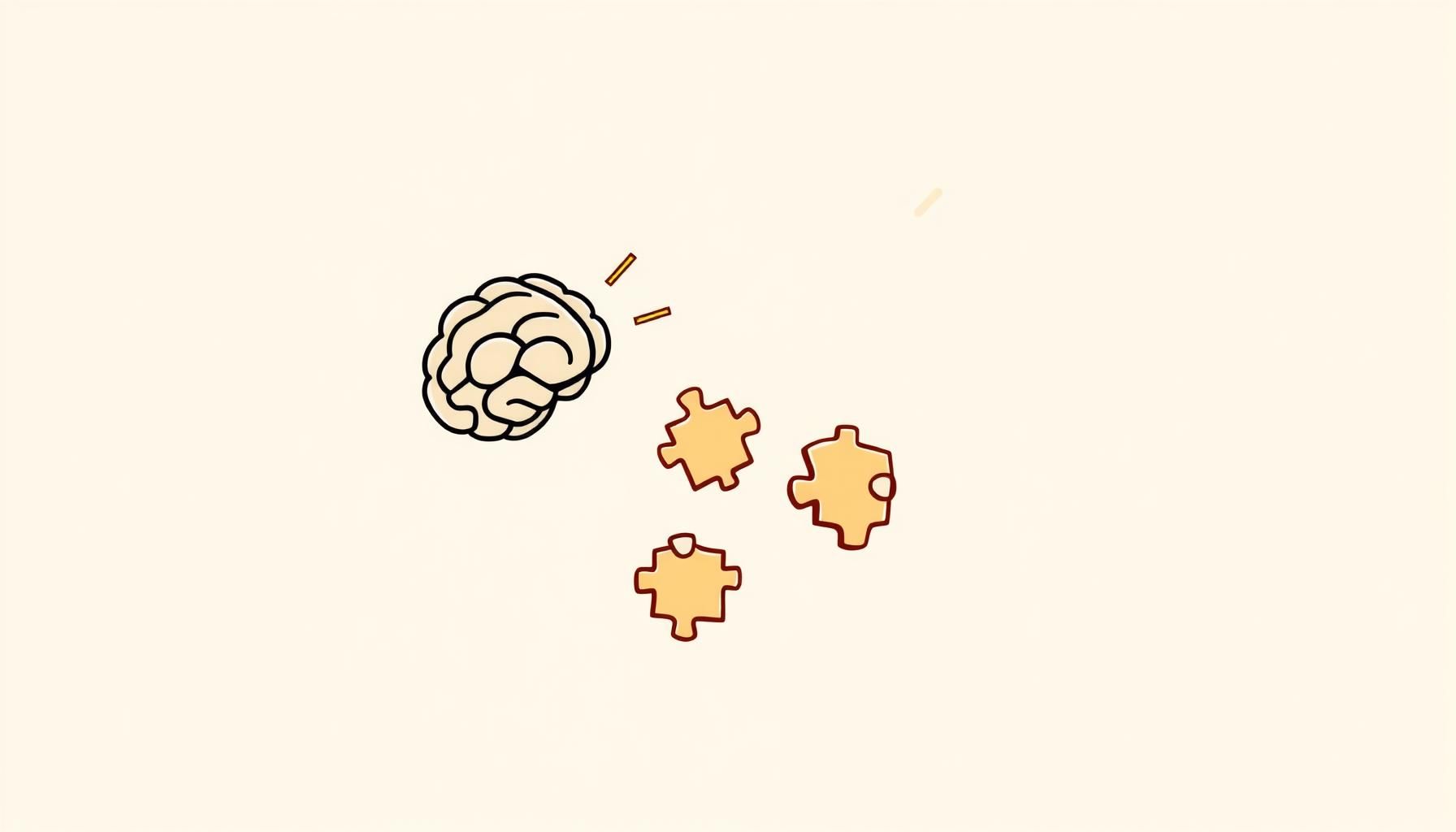
Tomorrow’s Classroom: Smarter Learning with AI Today
On a bright, clear morning like today, with perfect weather just calling for outdoor adventures, I can’t help but think about how different learning was when I was growing up. Today, our children are entering a world where AI-driven education isn’t confined to textbooks but extends into digital realms through adaptive learning systems. Talk about explosive growth—$59 billion to $178 billion by 2030! Ever wonder what bedtime stories will look like in 2030? As a parent, I find this both exciting and daunting—how do we harness AI education tools while preserving childhood’s joy of discovery?
What is Driving the Smart Learning Revolution?

Hold onto your hats—these numbers are wild! What began as digital supplements to traditional education has now become a fundamental shift in how our children learn. With major platforms leading the charge, smart learning systems are no longer just about convenience—they’re about creating personalized pathways through knowledge that adapt to each child’s pace and style. Imagine a classroom where the material adjusts in real-time based on your child’s understanding—where frustration is minimized and engagement is maximized, right? That’s the promise of AI in education today, made essential by hybrid learning models. Like blending kimchi grilled cheese, we merge tech with sidewalk chalk math—new twists on traditions that light up curiosity. When my daughter comes home excited about what she’s ‘discovered’ in her digital learning lab, I see firsthand how these AI education tools can spark curiosity extending beyond school.
How Does Personalized Learning Benefit Children?

What truly excites me about this educational revolution is how AI education makes learning accessible and tailored. AI-driven platforms now account for over 60% of smart learning growth, responding to each child’s strengths and challenges. Remember when one-size-fits-all teaching left some bored and others struggling? Those days are fading! With adaptive learning, children explore at their own pace, receiving feedback aligned with their journeys. It hits me right here—the spark when abstract ideas click is pure gold! When my daughter connects abstract ideas to real applications, I see how AI facilitates connections in unprecedented ways, turning learning into something personal and meaningful.
How Should Parents Navigate Digital Learning?

Of course, with great technology comes great responsibility. As parents, we balance smart learning benefits with screen time concerns, data privacy, and hands-on experience value. Research highlights implementation costs and security—issues requiring attention. That’s why I advocate balance: using AI education technology to supplement real-world exploration, not replace it. Profound learning often happens through nature play or creative activities sans screens. The key? Intentionality—using technology mindfully to enhance understanding, not dominate attention. When digital learning is approached this way, AI becomes a bridge to growth, not a barrier.
What Skills Will Children Need for an AI Future?

As we stand on this educational transformation’s brink, we naturally wonder what skills children need to thrive alongside intelligent systems. But how do we keep their creativity blazing brighter than any screen? The answer isn’t competing with machines but nurturing irreplaceable human qualities: creativity, emotional intelligence, critical thinking. AI-powered education excels at personalizing learning but can’t replace the role of human connection. When my daughter and I build with blocks or talk about discoveries during park walks, I remember that lifelong learning’s foundation isn’t algorithms—it’s curiosity, laughter, and relationships cultivated through AI-enhanced education.
What’s a Playbook for AI-Enhanced Parenting?
So how can parents leverage this AI education revolution authentically? These approaches work for us:
- Follow curiosity: Let interests guide digital exploration—learning disguised as play boosts engagement.
- Set boundaries: Create structure around screen time like meals, preventing overwhelm.
- Co-learn: Frame technology as shared adventures—your learning participation normalizes growth.
- Bridge digital-physical: Connect online concepts to tangible experiences, strengthening understanding.
- Celebrate progress: Value effort over outcomes—reinforce learning’s journey beyond results.
Smart learning systems democratize education, enabling personalized learning regardless of location. By mindfully embracing AI in education, we nurture not just academic success but lifelong adaptability and a love of discovery that never fades.
As our children navigate this transformed educational landscape, what simple habits can we establish today that will create meaningful connections between human values and technological advancement?
